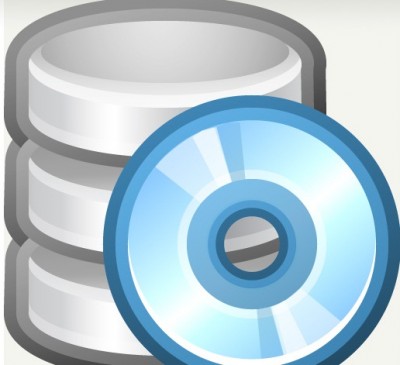Not taking regular back-ups or taking care of your operating system issues meticulously, will soon or later face you with the problem of having to recover your lost data from your home or business computer. Prevention is better than fixing, but not every person has the time and money to invest in back-up software.

We are not mentioning that it is advisable to let your files to be lost or not to take care of them regularly, but we are saying that there is a solution when the problem arises. We will introduce you to two kinds of recovery software:
– Recovery OS’s (Linux distributions that occupy with the recovery of data from your devices)
– Software Recovery Tools (Installable on Windows, Linux, or your Mac)
Which one you will choose will depend on the corruption of said data. If your operating system files are corrupted among the files, 9 times out of 10 will mean using an external operating system to recover your data back (Do not worry though, there are portable operating systems for that kind of recovery).
If 6-7 files were accidentally deleted by you or the operating system though, a whole USB or CD of recovery software will be unnecesary (there are thousands of tools for windows to undelete files for example). Anyhow, we will present the best of them for your convenience in this article.
So let’s enlist these tools that we mention so highly about!
1 – System Rescue CD
This is a Linux-based, command line recovery tool that will be loved by the gurus, and easily used by the end users. Simply write the ISO file on your CD and reboot your computer. After the operating system is finished loading (it will warn you when anyway), it will enlist a set of commands you can use to start your recovery.
You can consult the manual here: System Rescue CD Manual Page
Even if we mentioned that this is mainly a command-line tool, you can access the graphical environment using the “wizard” command on the black command prompt. The DDRescue tool serves as a quick method to copy your corrupted files to a safe environment while repairing the errors at the same time (making it possible to recover a big part of your data from the copied files to your safe medium, such as a CD, or an USB key)
I used this one when my mother (me being the computer guy in the house, don’t even ask for stories, it is really traumatizing), i burned this on a cheap 700 MB CD, and ran it off. The results were amazing, as the lost files were popping on the screen and loading and recovering, i could recover 50.000 lost files in a matter of half hour. I clicked “Recover” for all the files, and restarted the computer. Pronto! All the files were back and i was the hero of the day.
2 – The Trinity Rescue Kit
The Trinity Rescue Kit is a custom Linux distribution that’s created specially for solving the problems and reviving the problematic systems, whether you’re running Windows or Linux. It fits nicely on a CD (or an USB key if you like) and once booted gives you a set of options to reset lost Windows passwords, scan hard drives for viruses and malware, clone drives, recover lost partitions, even open up the drives as network shares so you can get files off of them and to other computers on your network. It’s completely free, as most of the Linux distributions out there, although a donation to the developer behind it is always welcomed and will allow the project to continue without financial problems.
3 – Recuva
Recuva is actually one of the oldest but the goldest tools out there available, that recovers files thrown in recycle bin, deleted using shift key + delete , removed by the operating system, or because of a corrupt hard disk operation .
Let’s make a list of the benefits you will get by using Recuva as your recovery tool:
- It is very light (a very small download)
- The recovery is pretty fast for a tool in that size
- Has a portable version that runs from an USB stick
- Has the option to securely delete files (Meaning, ability to recover them surely when you want after deleting them)
4 – Puran File Recovery
Most review websites rate this really high (either they are paid to do that by the company, or this software is really good). But my experience with this one is great fast recoveries for clients that don’t have problems with the filesystem, but with just file recovery.
They will describe their own features better than me, so here they are:
- A very simple interface with an extremely powerful recovery engine. A perfect combination of speed, accuracy and simplicity.
- A Quick Scan that lists deleted files in a click and few seconds. It supports FAT12/16/32 and NTFS.
- A Deep Scan that can intelligently scan a drive byte by byte resulting in high speed listing of many more deleted and lost files.
- A Full Scan that can detect deleted/lost partitions and even recover files from formatted drives. RAW and Physical drives can also be scanned.
- Deep/Full Scan not just look for lost file records but also detect different format files based on data patterns.
- More than 50 formats/data patterns list expandable to hundreds of formats is included. Hence almost everything can be recovered.
- In many cases, full paths of deleted files will be listed. This is the case for formatted drives too.
- Recovered files can be saved with their path structure intact.
- Files are listed in tree and list views. All files can be previewed before recovery.
- A search box supporting wildcards lets you quickly locate your deleted files.
- In all, Puran File Recovery can recover almost everything with ease.
No matter what your data recovery problem is, i will always recommend consulting a local expert or the Google itself whenever you have a problem, and leaving recovery at the hands of these tools instead of trying anything on your own.
And the best thing is, obviously, to make regular back-ups instead of being sorry later.
Have a good day and see you in the next article!










Comments